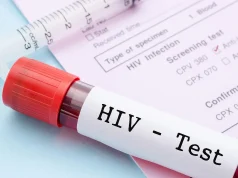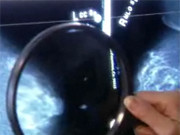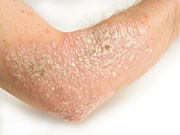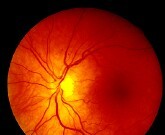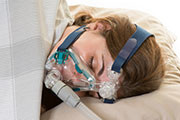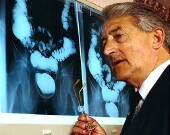Very Premature Infants Benefit From Later Cord Clamping
Better blood pressure, less need for transfusions with delayed clamping
Adding Benign Breast Dz to Risk Model May Boost Preventive Care
Found to increase the number of high-risk women deemed eligible for primary prevention
Saxagliptin Not Linked to Increased Fracture Risk in T2DM
Risk of fracture linked to female gender, older age, diabetes duration, major hypoglycemic events
Study Looks at Costs for Moderate to Severe Plaque Psoriasis
Most patients prescribed one or more medications; six-month total direct costs per patient $11,291
No Link for Coffee Consumption and Atrial Fibrillation
True even among those with the highest levels of coffee consumption
Mediterranean Diet May Protect Against Diabetic Retinopathy
No benefit seen with the diet for prevention of diabetic nephropathy
ACOG: Encourage Consideration of Contraceptive Implants/IUDs
Committee opinion recommends counseling women to consider long-acting reversible birth control
CPAP in OSA Linked to Beneficial Activity in Brain Stem
In small study, continuous positive airway pressure linked with restored sympathetic drive
Regular Text Messages Could Help Patients With CHD
Patients saw improvements in cholesterol, blood pressure, weight
IOM: Most U.S. Patients Will Experience Diagnostic Error
Panel urges changes to an increasingly complex health care system





